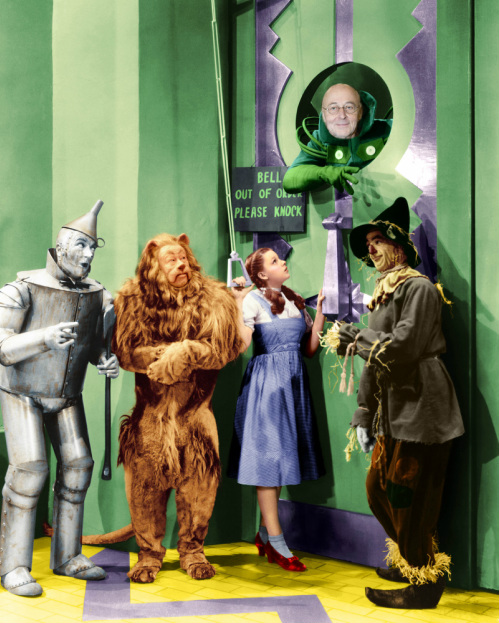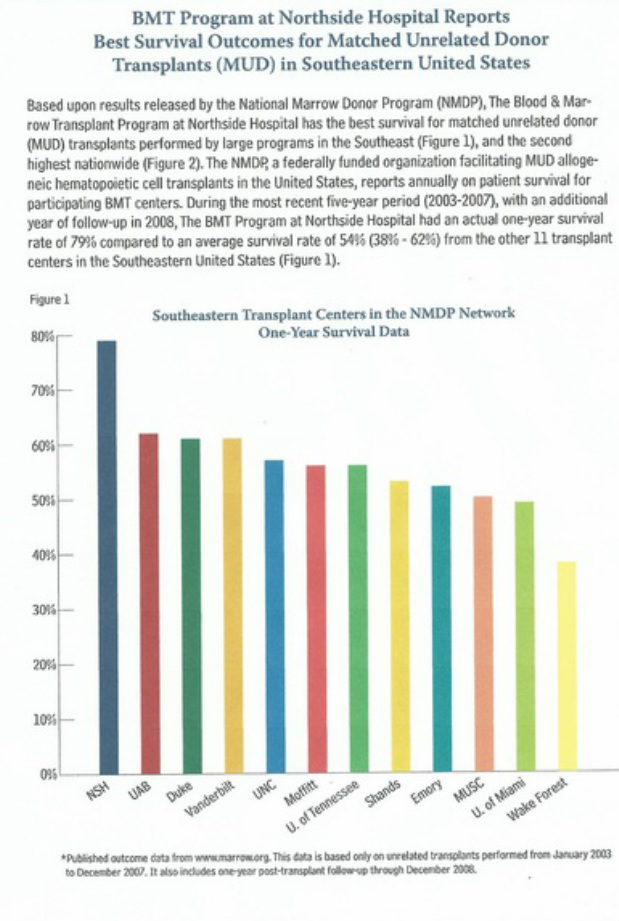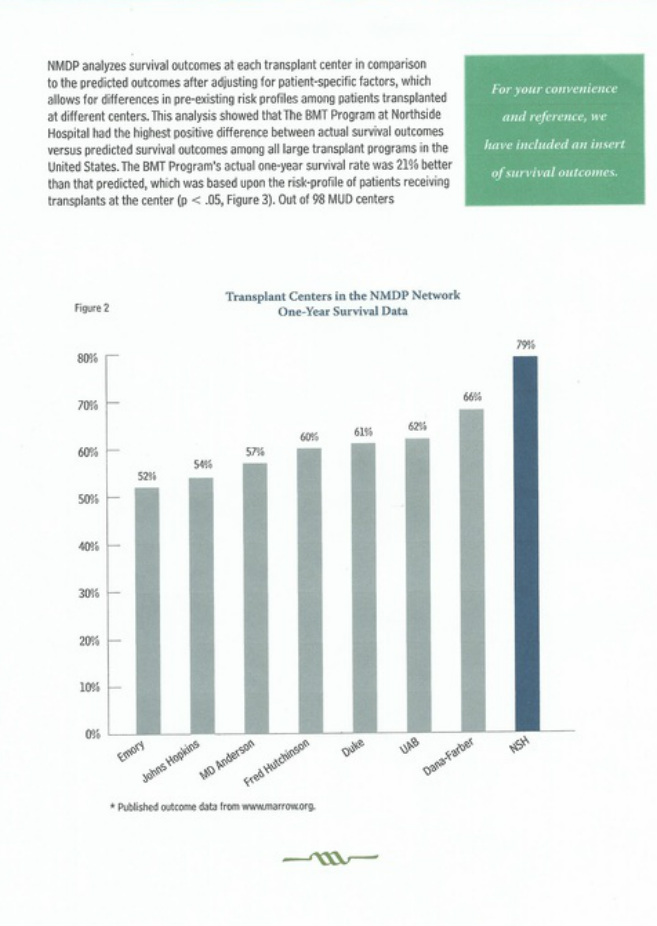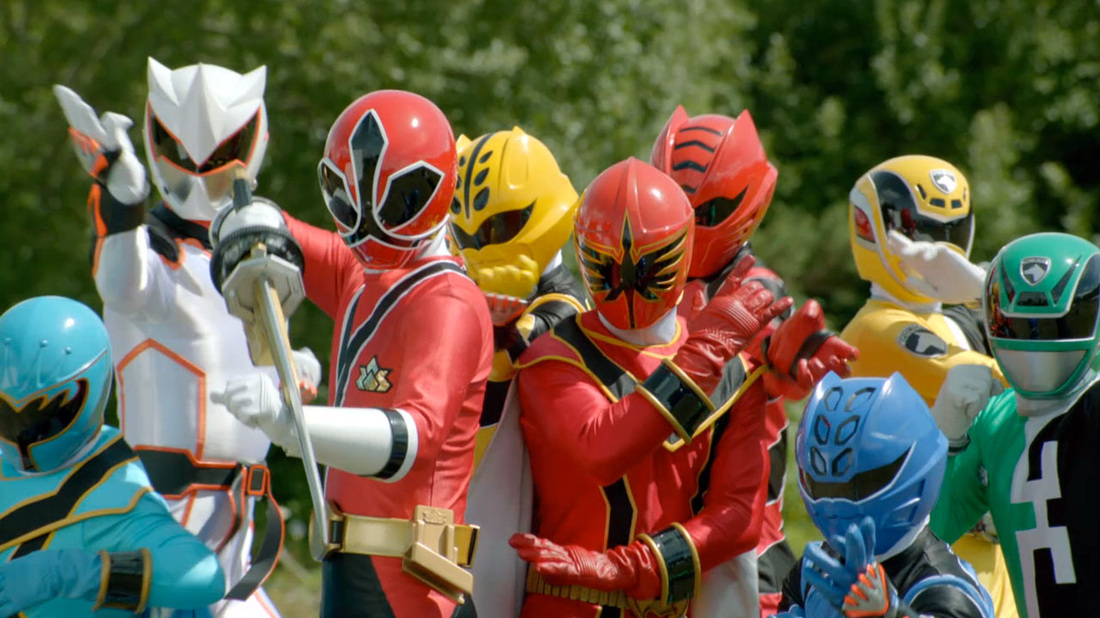Then when you are diagnosed, usually by a local oncologist, he may believe he has the skill and expertise to treat this disease. This is one of the biggest mistakes often made by the myeloma patient, and is the reason I wrote the article "Improved Multiple Myeloma Life Expectancy in FIVE IMPORTANT STEPS." Tom Brokaw has accomplished the two most important steps by finding a multiple myeloma specialist, someone who is skilled in this complex and deadly disease. And it is because of this skill, knowledge, and familiarity with the nuances of myeloma that the myeloma specialist's patients live 2 to 4 times longer than the average. They will live 8 to 12 years or longer and some 15 to 30% will be CURED.

So why do I say that Tom just may have SAVED LIFE. For one thing because multiple myeloma is an orphan disease with only 20,000 people diagnosed nationally, few have heard of it, not many doctors are really skilled at treating it, and drug companies seldom put money into drugs for myeloma because there are so few customers, and the customers won't be customers for very long (4 year average life expectancy). So if someone of Tom's status becomes active, more people find out about multiple myeloma, the best way to treat it and where to get it treated, and fund raising goes up for more research into finding the ultimate cure. Some examples of some people who have had a huge impact on multiple myeloma are:
Sam Walton of Walmart - Not so much that he had the disease, but was lucky enough to have Dr. Bart Barlogie of MD Anderson as his doctor. Dr. Barlogie went on to start the first Myeloma Intitute in the World in Little Rock, Arkansas, where many of the first innovations in treatment have been developed.
Susan Novis, Brian Novis, and Dr. Brian Durie - Susan Novis's husband Brian was diagnosed with mutiple myeloma and this trio started the IMF (International Myeloma Foundation). The IMF has been on a mission, a mission to improve the lives of myeloma patients. With over 196,000 members in 113 countries worldwide, the IMF is the oldest and largest organization dedicated to finding a cure for myeloma. http://myeloma.org/Main.action
Kathy Giusti - Identical twin sisters Kathy Giusti and Karen Andrews founded the MMRF after Kathy was diagnosed with multiple myeloma. The MMRF relentlessly pursues innovative means that accelerate the development of next-generation multiple myeloma treatments to extend the lives of patients and lead to a cure. They have collected over $300 million dollars to fund research into a cure.
http://www.themmrf.org/
So Tom, we welcome you to a select group of people who no one in their right mind wants to join. Thank You Again, Good Luck, and May God Bless your family's myeloma journey.
For more information on multiple myeloma survival rates and life expectancy go to the web site www.myelomasurvival.com, or you can follow me on my twitter account at: https://twitter.com/grpetersen1












 RSS Feed
RSS Feed